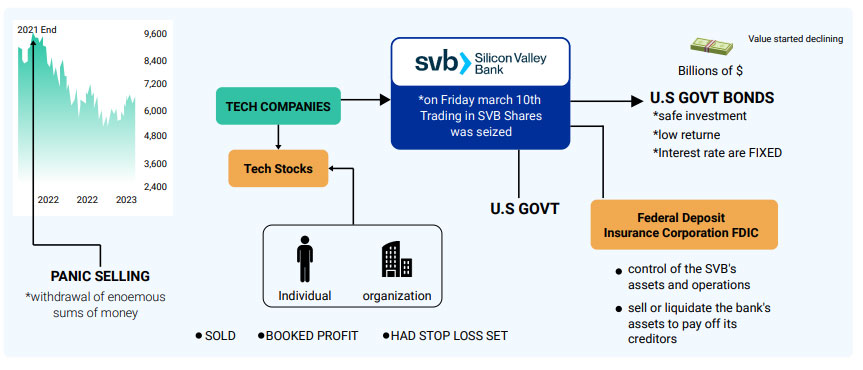The information contained herein (the “Information”) may not be reproduced or disseminated in whole or in part without prior written permission from the Company. The information herein is meant only for general reading purposes and the views being expressed only constitute opinions and therefore cannot be considered as guidelines, recommendations or as a professional guide for the readers. The document has been prepared based on publicly available information, internally developed data and other sources believed to be reliable. The directors, employees, affiliates or representatives (“Entities & their affiliates”) do not assume any responsibility for, or warrant the accuracy, completeness, adequacy, reliability and is not responsible for any errors or omissions or for the results obtained from the use of such information. Readers are advised to rely on their own analysis, interpretations & investigations. Certain statements made in this presentation may not be based on historical information or facts and may be forward looking statements including those relating to general business plans and strategy, future financial condition and growth prospects, and future developments in industries and competitive and regulatory environments. Although the Company believes that the expectations reflected in such forward looking statements are reasonable, they do involve several assumptions, risks, and uncertainties. Readers are also advised to seek independent professional advice to arrive at an informed investment decision. Entities & their affiliates including persons involved in the preparation or issuance of this document shall not be liable in any way for direct, indirect, special, incidental, consequential, punitive or exemplary damages, including on account of the lost profits arising from the information contained in this material. Readers alone shall be fully responsible for any decision taken based on this document.
Copyright © 2022 Fintso


